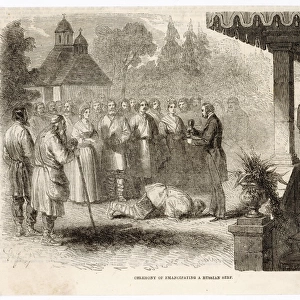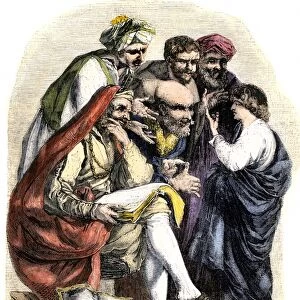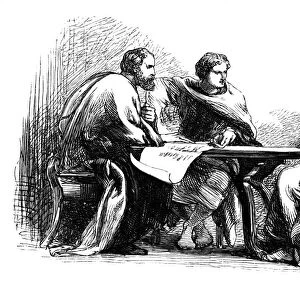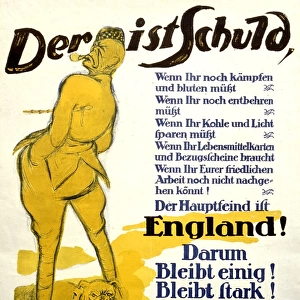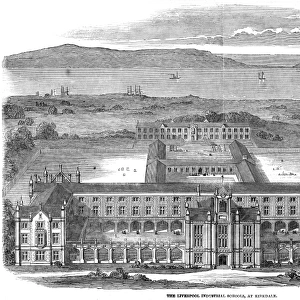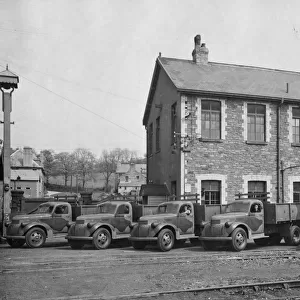Home > Arts > Contemporary art > Photography > Portraits
John Wesley Hyatt, US inventor
![]()

Wall Art and Photo Gifts from Science Photo Library
John Wesley Hyatt, US inventor
John Wesley Hyatt (1837-1920), US inventor. Hyatt is best known for discovering a method to simplify the production of the plastic celluloid. He found the method in 1868 while researching a substitute material for ivory billiard balls. He spilt a bottle of collodion, and discovered that it dried into a tough and flexible film. After further experimentation and addition of different materials, he ended up with a form of celluloid that could be molded using heat and pressure, one of the first thermoplastics. The major application of the discovery was in strip format as the first flexible photographic film. By 1900, celluloid was being used in movie films and still photography
Science Photo Library features Science and Medical images including photos and illustrations
Media ID 6411809
© HUMANITIES AND SOCIAL SCIENCES LIBRARY/NEW YORK PUBLIC LIBRARY/SCIENCE PHOTO LIBRARY
Celluloid Chemist Engraving Fifties Film Forties Inventor Movie North American Photographic Film Photography Plastic Portraits Surname H Us A Mono Chrome
FEATURES IN THESE COLLECTIONS
> Arts
> Contemporary art
> Photography
> Portraits
EDITORS COMMENTS
This print showcases John Wesley Hyatt, a renowned American inventor whose groundbreaking discovery revolutionized the production of plastic celluloid. Born in 1837 and passing away in 1920, Hyatt's ingenuity forever changed the course of history. His quest to find an alternative material for ivory billiard balls led him to accidentally spill collodion, which astonishingly dried into a resilient and flexible film. Driven by curiosity, Hyatt conducted further experiments and incorporated various substances into his creation. Ultimately, he succeeded in developing a form of celluloid that could be molded using heat and pressure – one of the earliest examples of thermoplastics. The significance of this breakthrough cannot be overstated; it paved the way for countless applications across different industries. By 1900, celluloid had become widely used in both movie films and still photography. This versatile material played an instrumental role in shaping the world of visual storytelling as we know it today. Capturing moments on strip format as the first flexible photographic film was just one among many achievements attributed to Hyatt's invention. As depicted through this historical illustration from Science Photo Library, John Wesley Hyatt stands tall as an emblematic figure who harnessed scientific knowledge to transform society's technological landscape. With his contributions leaving an indelible mark on human progress, his legacy continues to inspire future generations of inventors worldwide.
MADE IN THE UK
Safe Shipping with 30 Day Money Back Guarantee
FREE PERSONALISATION*
We are proud to offer a range of customisation features including Personalised Captions, Color Filters and Picture Zoom Tools
FREE COLORIZATION SERVICE
You can choose advanced AI Colorization for this picture at no extra charge!
SECURE PAYMENTS
We happily accept a wide range of payment options so you can pay for the things you need in the way that is most convenient for you
* Options may vary by product and licensing agreement. Zoomed Pictures can be adjusted in the Basket.


